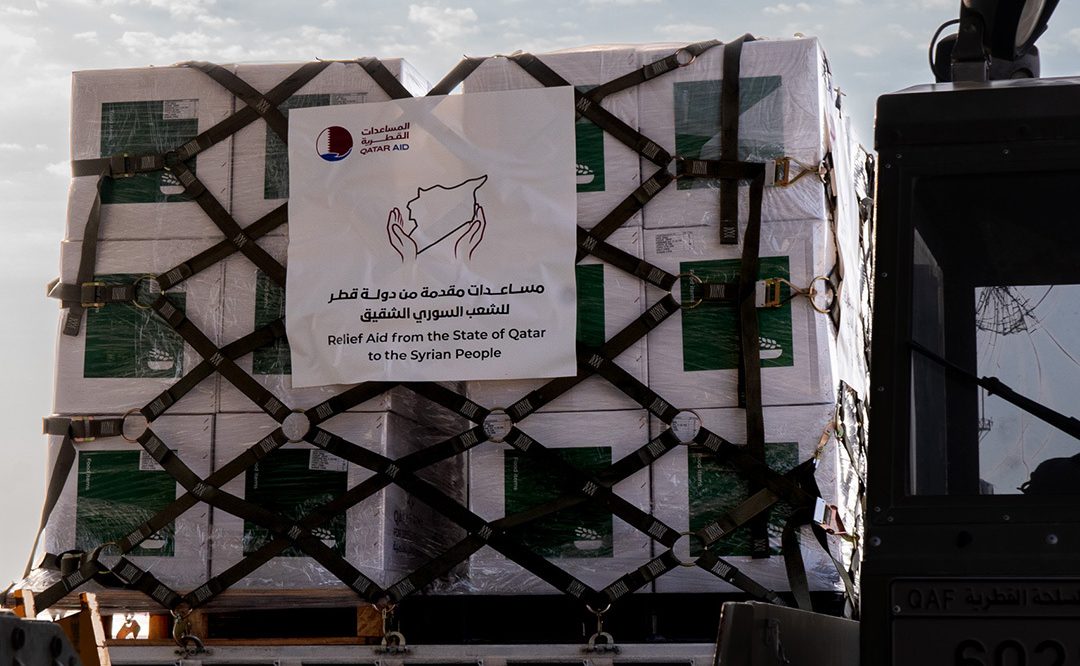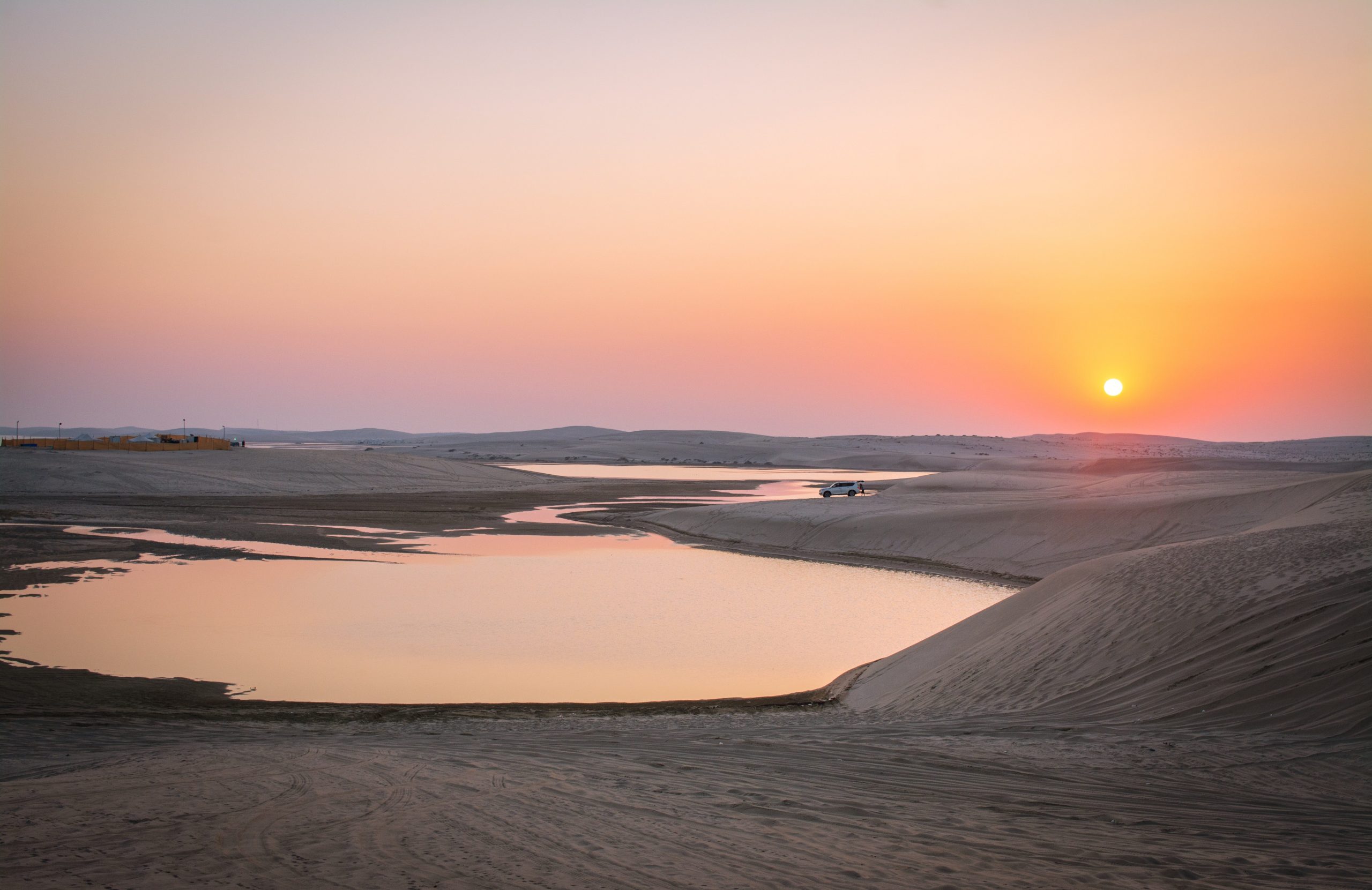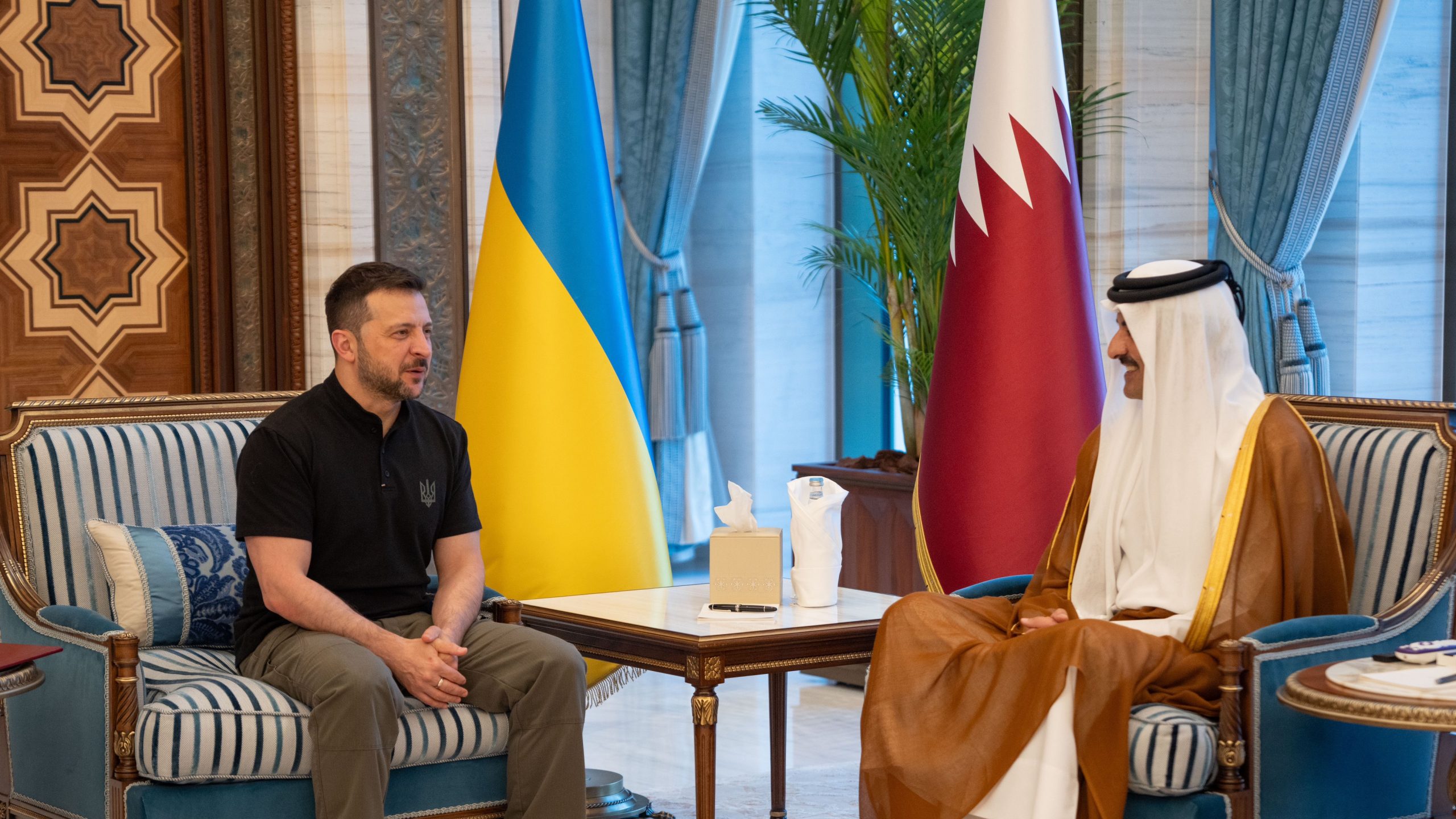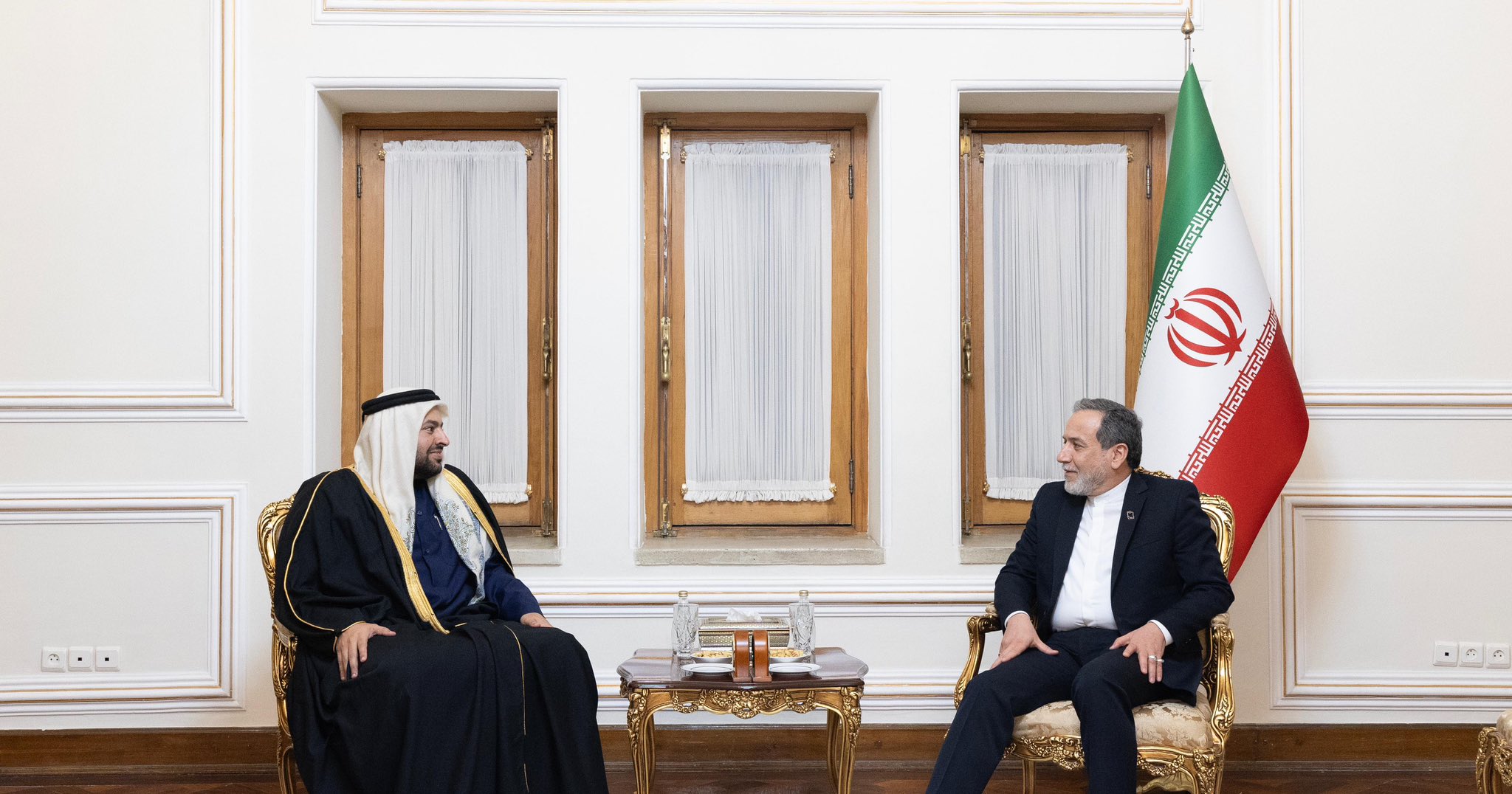Iran has been hosting large populations of Afghans since the 1979 Soviet invasion of Afghanistan.
The Qatar Fund for Development (QFFD) and Iran are set to provide 24,900 children with education as part of a new memorandum of understanding, Doha’s state news agency (QNA) reported on Monday.
The agreement will see QFFD provide education to Iranian and Afghan refugee children in the Islamic Republic through the Education Above All Foundation (EAA).
The MoU supports EAA’s three-year Improving Access to Primary Education for Out of School Children (OOSC) project in Iran, designed to increase access to education.
According to QNA, the project covers the provinces of Hormozgan, Kerman, Khorasan-Razavi, Semnan, Sistan and Baluchistan and Tehran.
The OOSC project aims to “promote social cohesion in target communities” while providing cash assistance to families.
Other objectives entail providing developed education programmes to children.
The Qatari institution highlighted various difficulties that pose obstacles to refugees fleeing conflict in their countries, including inequalities and heavy economic burdens.
“Poverty, cultural barriers, Infrastructural shortfalls, gender inequalities and lack of proper documentation are all obstacles that children face, preventing them from accessing primary education,” QNA reported, citing QFFD.
According to Iranian government figures, the country hosts 800,000 refugees, out of which 780,000 are Afghans and 20,000 others are Iraqis.
Additionally, at least 2.1 million Afghan refugees in Iran are undocumented and around 600,000 others are Afghan-passport holders live in the Islamic Republic.
In total, Iran hosts around four million Afghans.
The United Nations had stated that the number of Afghans in need of protection has increased in the aftermath of the Taliban takeover of Kabul in 2021.
UN figures estimated that 500,000-to-1 million Afghans fled to Iran following the Taliban’s capture of power.
Iran has been hosting large populations of Afghans since the 1979 Soviet invasion of Afghanistan. Four decades on, nearly five million Afghans are displaced outside of Kabul, 90% of which are sheltered in neighbouring Pakistan and Iran.
Iranian government policies grant refugees basic necessities including education and 96% of refugees in Iran live in cities, towns and villages, the UN’s website says.







